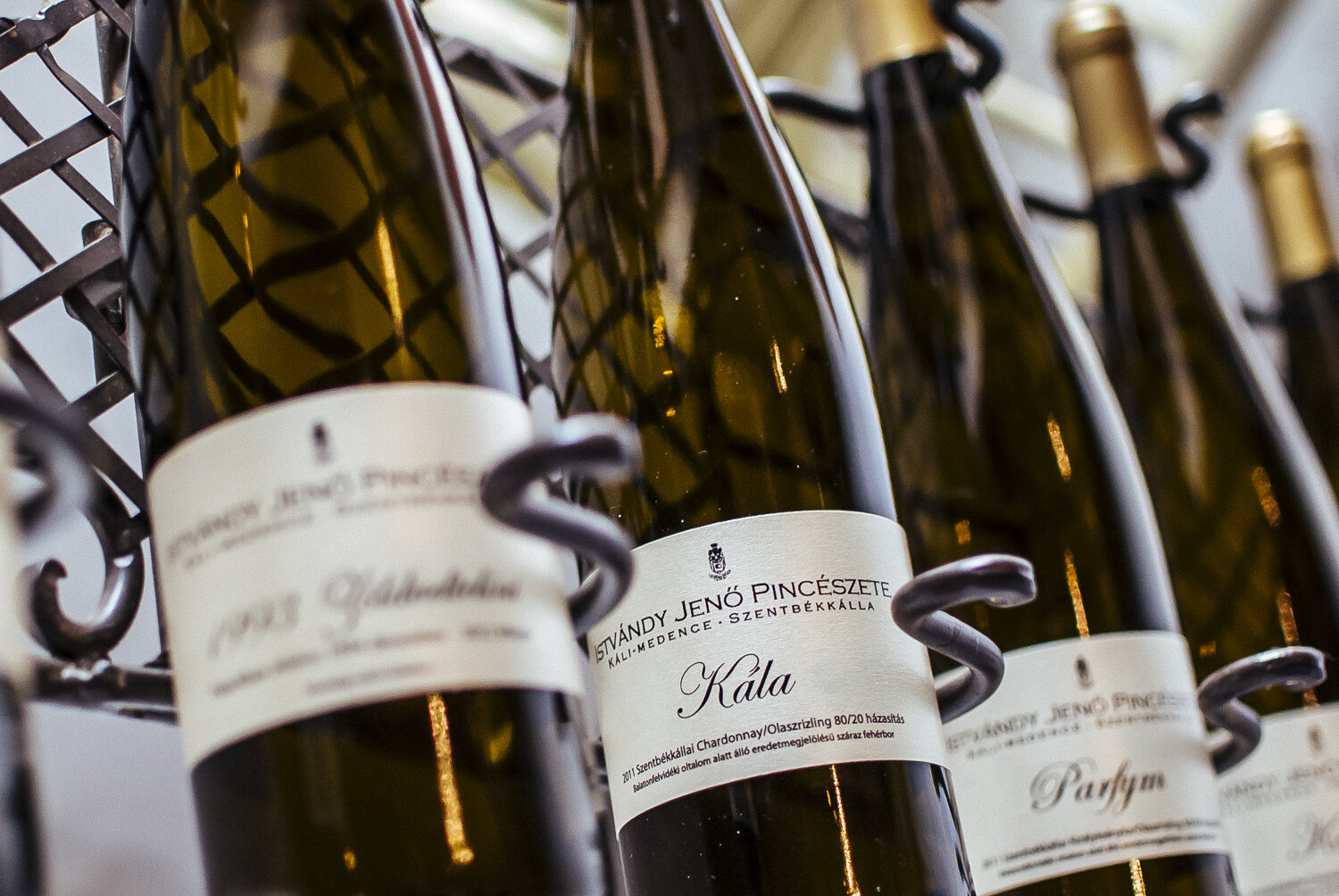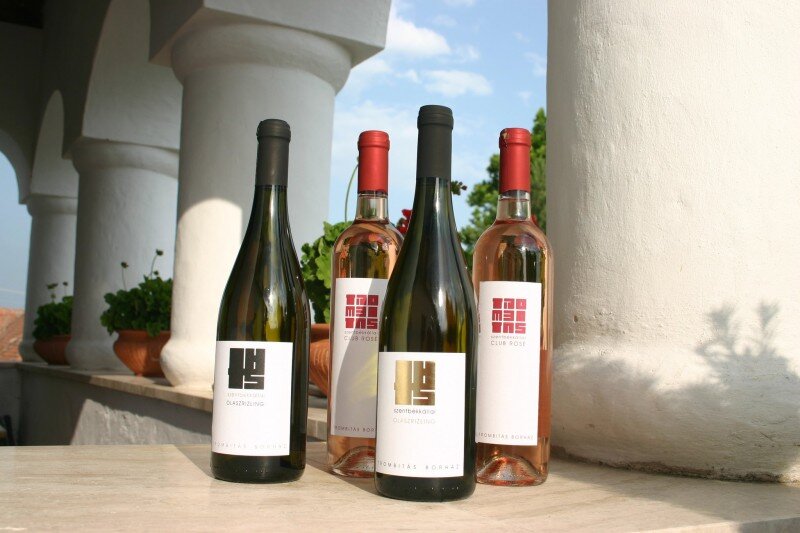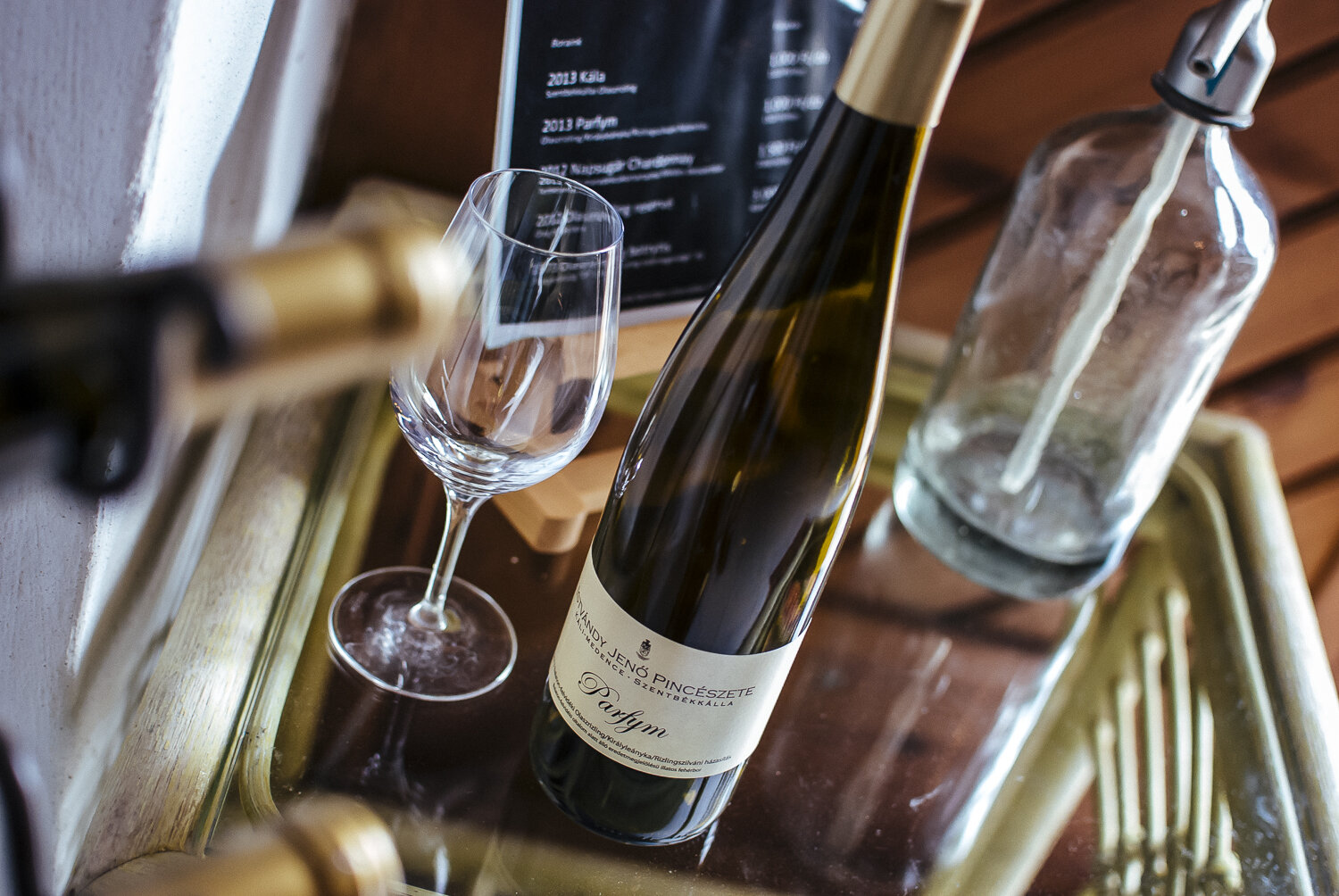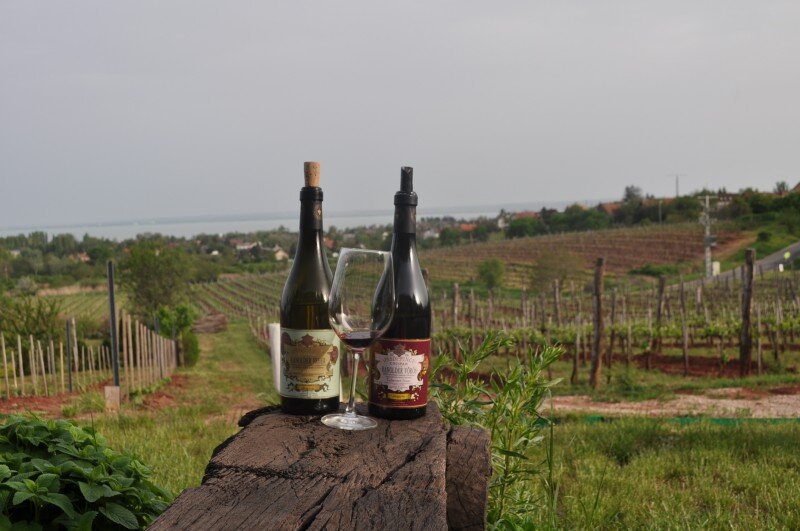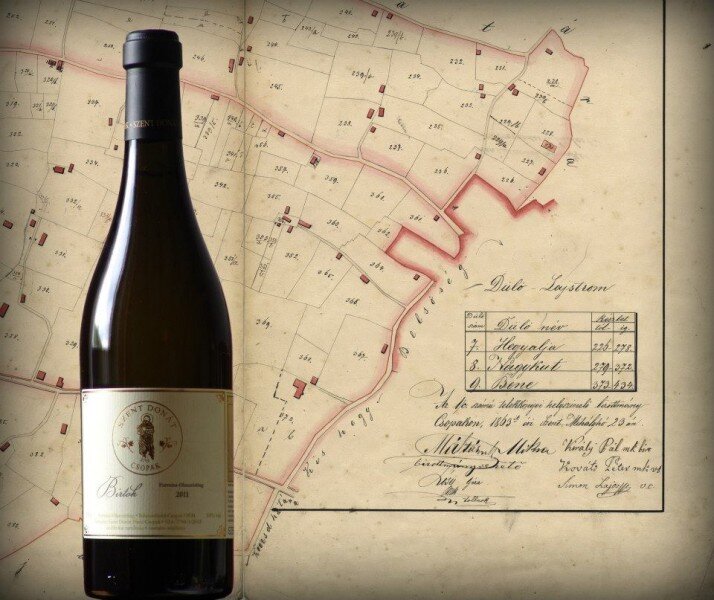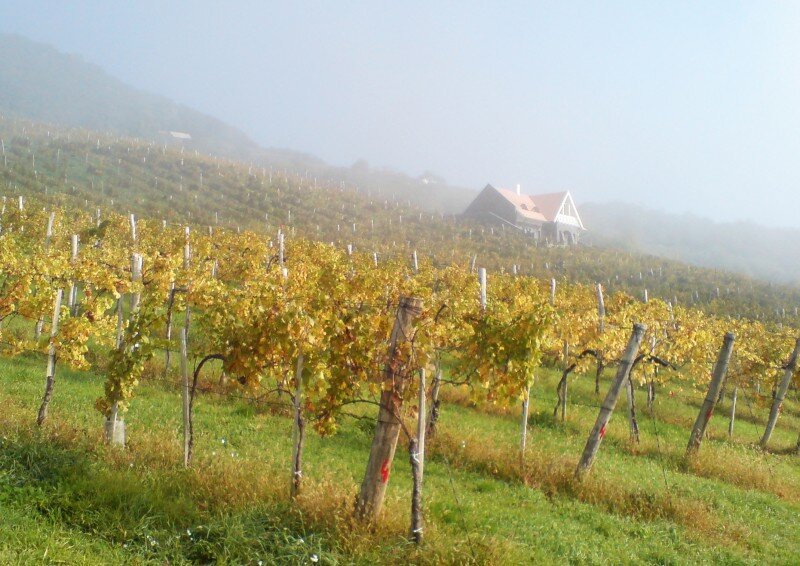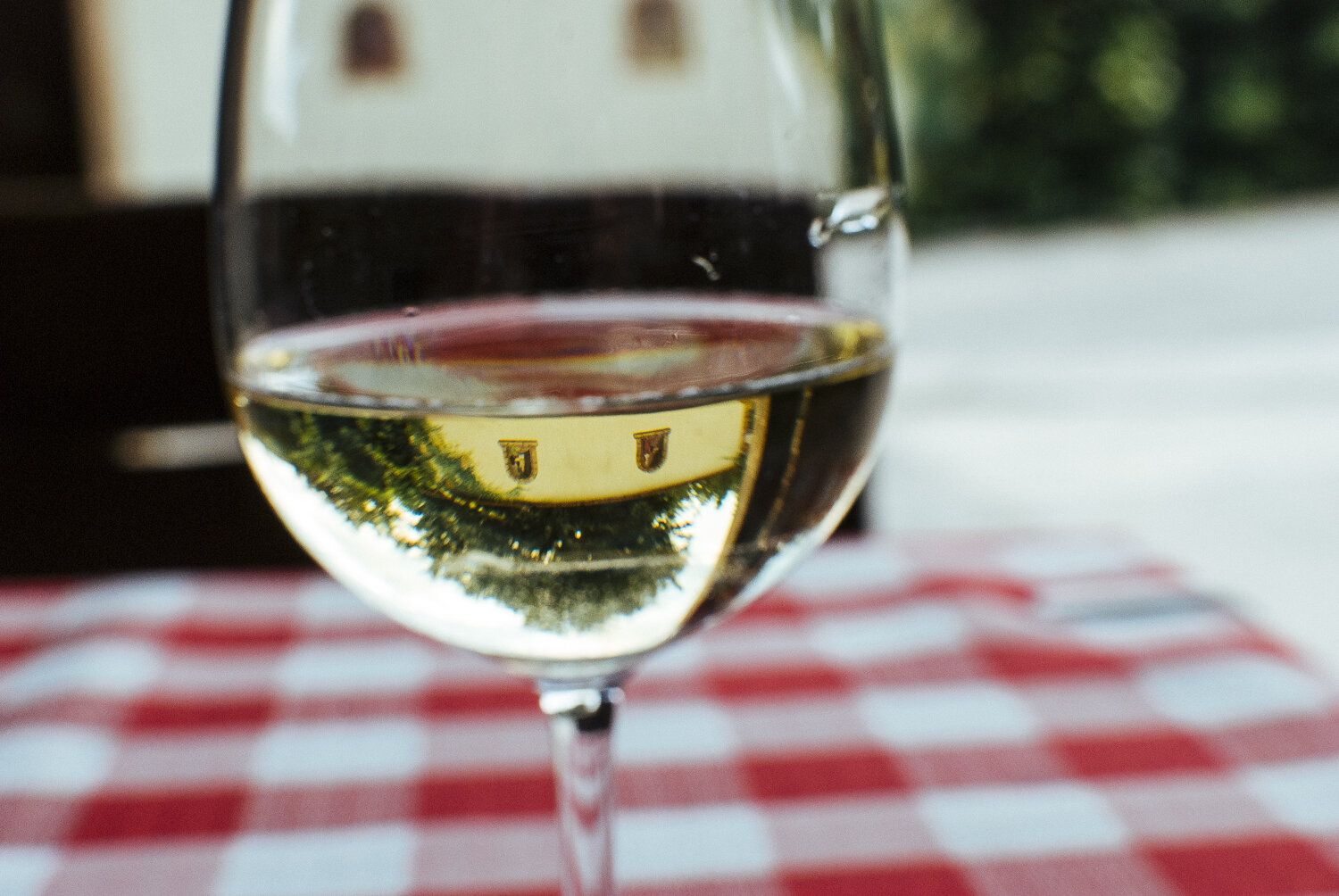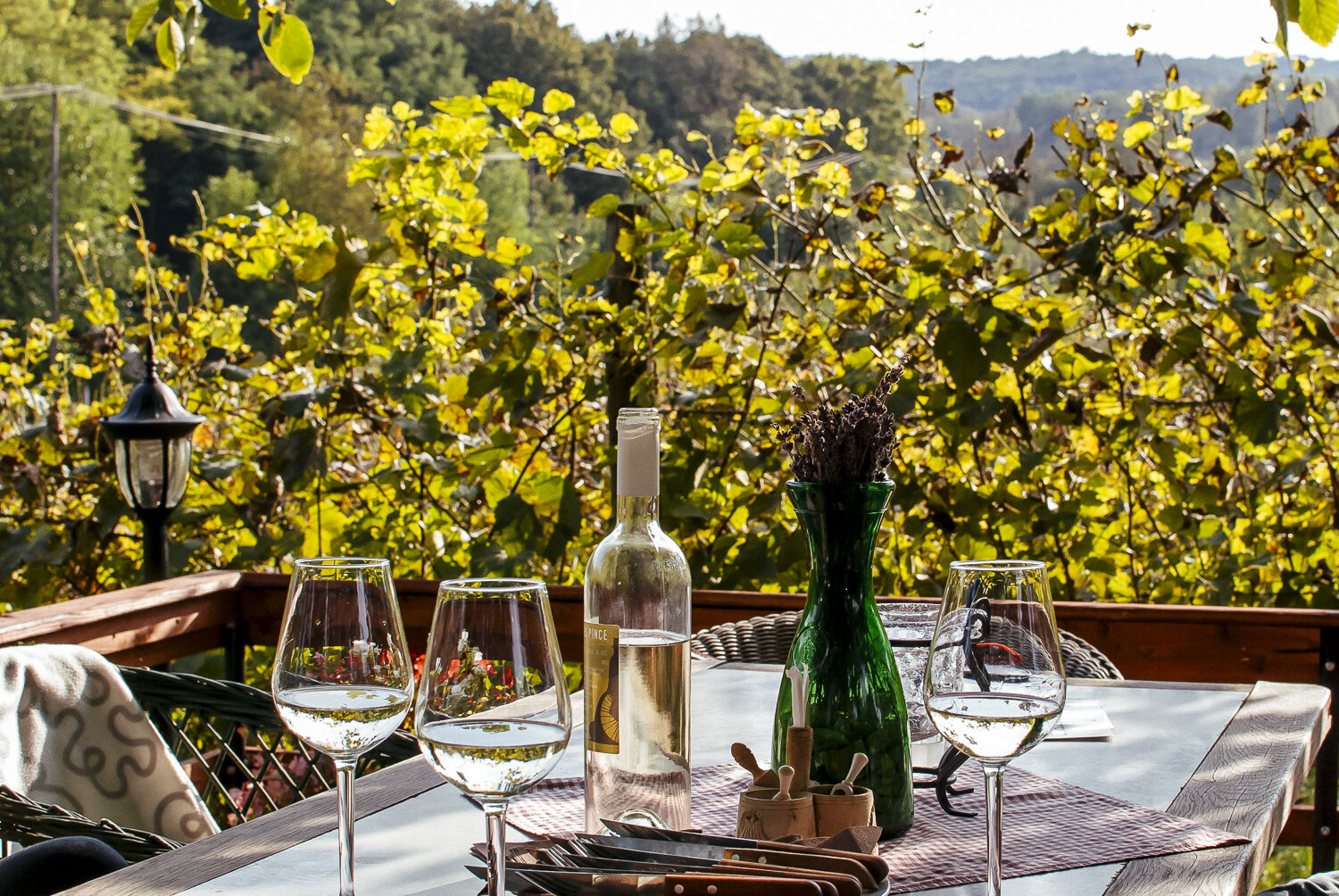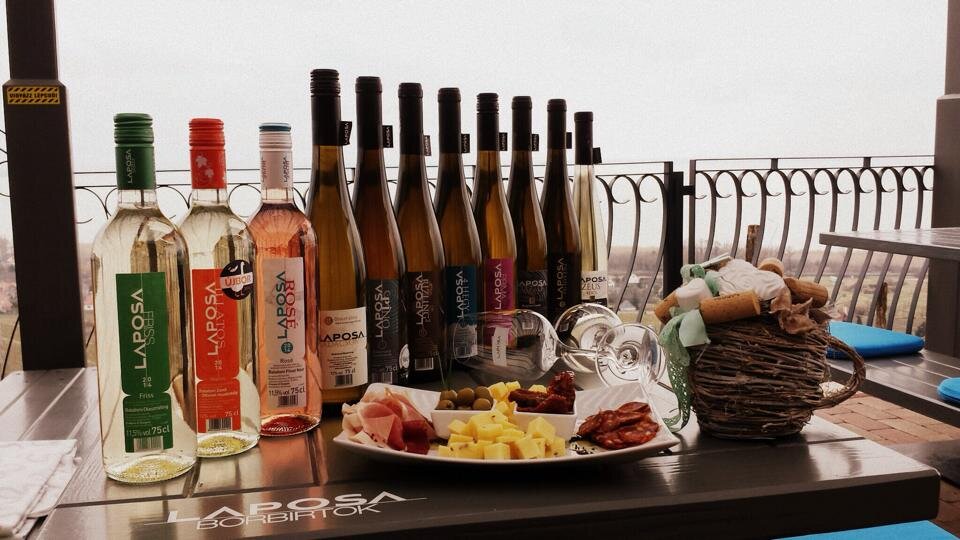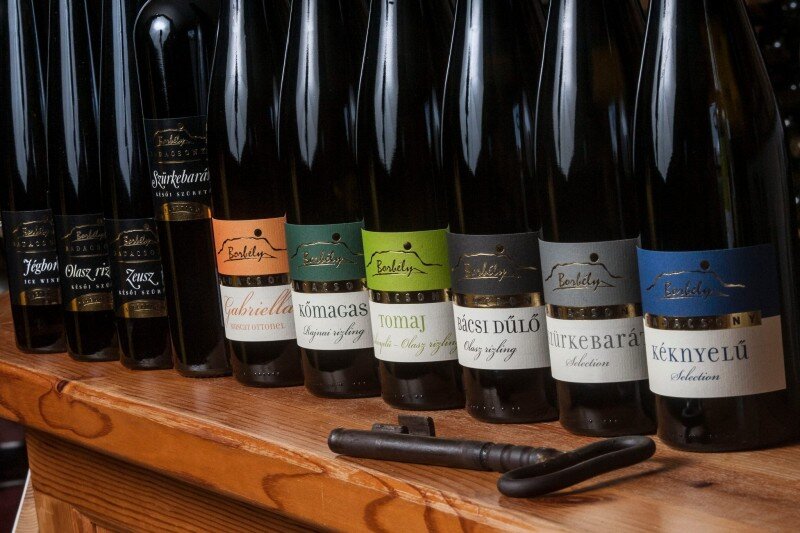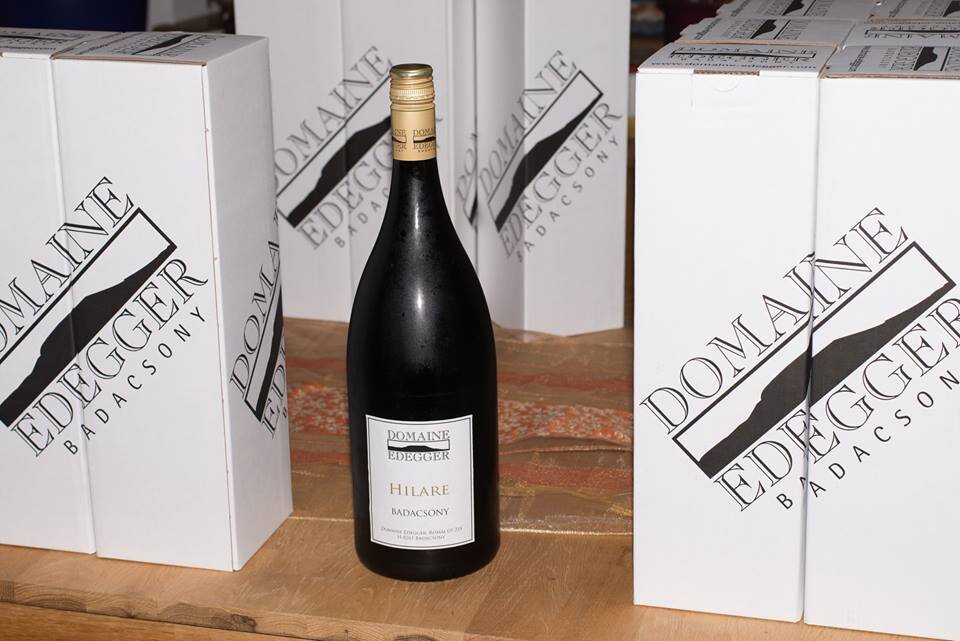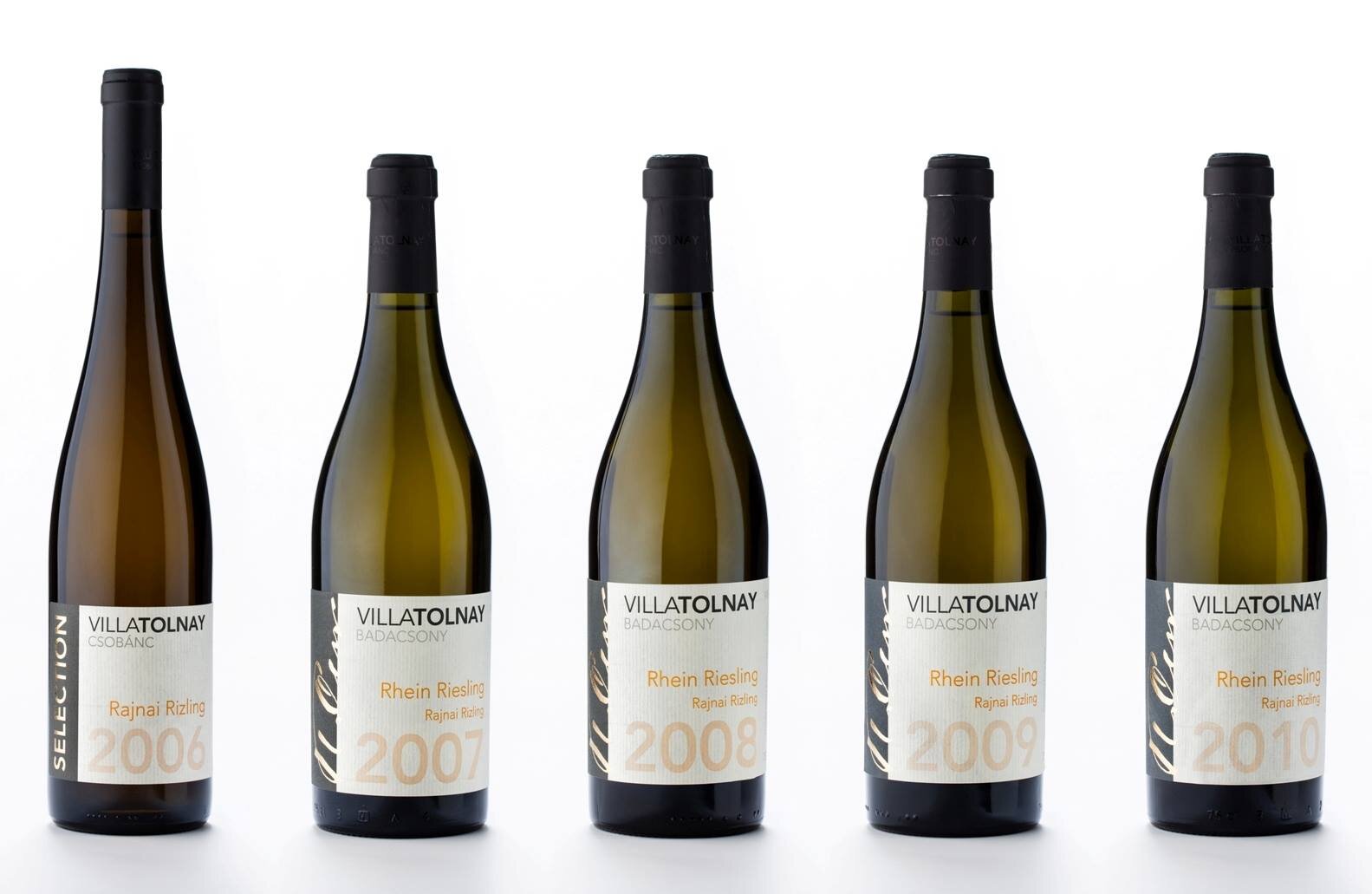Last time, we rounded up excellent bottles from the south shore, now we brought you 10+1 options from the northern mounds and hills of Balaton - red and white alike. One thing is for sure: Csopak, the Káli Basin and Badacsony are all ready for summer wine drinking.
3/11
Jásdi Pince - Csopaki Rizling 2013
István Jásdi is one of the bets known vintners of theBalatonfüred-Csopak wine region and perhaps the entire country. In addition to producing Welschriesling items of unbelievable quality even in the countrywide comparison, he is also known for being one of the co-founders of the Csopak Codex.
His Welschriesling named "Csopaki Rizling" is the quintessence of present age Welschrieslings. It has green herb (mostly spearmint) tones with pear and apple traces in the scent. On the palate, it is dynamic. The acids are fresh, the taste is similar to the smell, with slight almond and mineral overtones. It is medium-bodied and easy to like.
The Master made 3500 bottles of this item, and sells them for 1700 HUF/bottle at the winery. Worth far more.
4/11
Szent Donát Szőlőbirtok és Pincészet - "Berekhát" Csopaki Olaszrizling 2013
We could talk about new red sandstone and red clay, if we wanted to discuss a marginal topic pointing at uncovering the geology of the Berekhát vineyard in Csopak.
But to stay accessible, let's just say that this Welschriesling comes with an unbelievably salty, almost seawater-like minerals and vivid acidity. You might also perceive winter pear and cashew tones in the rather concentrated sips.
We are in luck, for the MÁRGA Bistro is already open, so you can taste this item at a price of 990 HUF/dl, on the side of wonderful dishes, like the trout roasted on its skin, served with almonds from the garden and broccoli.
5/11
Villa Sandahl - "All of a kind" Rajnai Rizling 2013
To our great satisfaction, Hungary - in spite of all the difficulties - is increasingly attractive to the international investor with respect to winemaking. The Hungarian wine scene now has a true devotee of the Badacsony wine region in the person of the Swede-born Christers Sandahl, who attracts attention with his Rieslings (not to confuse with the totally unrelated Welschriesling). If we were to pinpoint one single vineyard in Hungary, where the Riesling can show its singularity, it must be Badacsony and its basalt-based terroir.
One can often sense the basalt in the flintiness of local wines. The same is true of Sandahl's "All of a kind" 2013, though there are tones of ripened (sub)tropical fruits and oilseeds as well behind its volcanic minerals. This is an excellent gastronomical wine with oily texture, high alcohol content (14%), and a slow pace. A BFF with thick and saucy filet mignon slices.
7/11
Csendes Dűlő Birtok - Kéknyelű 2013
According to the greatest, one shouldn't even start a piece on North Balaton wines, if he didn't intend to include at least one Kéknyelű. The Badacsony wine region is difficult to imagine without this grape variety, which is special due to the fact that it is capable of mirroring the minerals of the soil to an unmeasurable extent and quality in its wine.
Well, Badacsony is so to speak well off in terms of basalt: hence the 2013 vintage by the Badacsonyörs-based Csendes Dűlő Szőlőbirtok delivers rich flinty-salty tones both in smell and taste. The wine matures a year in the cellar before it is put on the market, so it doesn't have bed hair: you can enjoy it in its mature form, without edges, with peach and lemon and green herbs and almond tones.
The bottle costs 1790 HUF at the cellar, where you can also compare it to the 2011 and 2012 vintage,
8/11
Laposa Birtok - PiNO 2013
100% Pinot gris - also underlined by the name: "PiNO" (blanc). It comes from the impressively named Istenek meredekje-dűlő (Steep of Gods vineyard). White and yellow blossoms, late pear and flinty minerals constitute the scent. The volcanic features are more prevalent in the taste, accompanied by citrus (especially lime) and white tree-fruit tones. The medium-bodied item relies on a vivid acid backbone; the alcohol content is 13%. It is a beautiful, elaborate and elegant terroir wine.
A good match to matured, hard cheeses. Bence Laposa recommends to have it with zander, and he must know. 6000 bottles were made; available for 2500 HUF at the cellar.
9/11
Borbély Családi Pincészet - Karós Olaszrizling 2013
"Karós" is a gem of Badacsony and one must listen to the experts that claim that any resistance to this concept is futile. Tamás Borbély (only in his 30ies, but already up for the Vintner of the Year title) created one of his principal works in the form of this Welschriesling.
From all the recommended Welschrieslings, this one can show most of the magnesium minerals highly characteristic of the North Balaton, with a tiniest bit of raisin, rich intertiary notes. We can call it a "Big Wine" without regrets.
Full-bodied, deep of character, only available at the cellar. 4500 HUF.
11/11
Villa Tolnay - Névtelen Cuvée 2008
There must always be an extra wine after a list of 10, a strictly personal choice (not that the above were short of subjective). Plus, only prime numbers can kill off superstitions.
Merlot, Blaufrankisch, Cabernet sauvignon belnd from 2008. Why "Névtelen" ("Unnamed")? This was originally a working title: when vintner László Nagy first tasted this cuvée with his co-workers, they couldn't think of a useful name, so they wrote "yet unnamed" on the barrel. After waking from his forest fruit, dark chocolate, sea salt dream, Mr. Nagy ran down to the cellar in slippers and nightgown, and exclaimed 'even if God Almighty painted Lake Balaton Merlot red, this wine would still be named Unnamed.' You see, the important things have no name; the essentials cannot be named. Name is but a tag, and a tag, unfortunately, predetermines. At the same time, anything over the boundaries of genre cannot by named or tagged. Since it is unique and incomparable. Hence unnamed.
For a limited time, the cellar sells this wine at a discount price: 2000 HUF/bottle instead of 3750 HUF.
